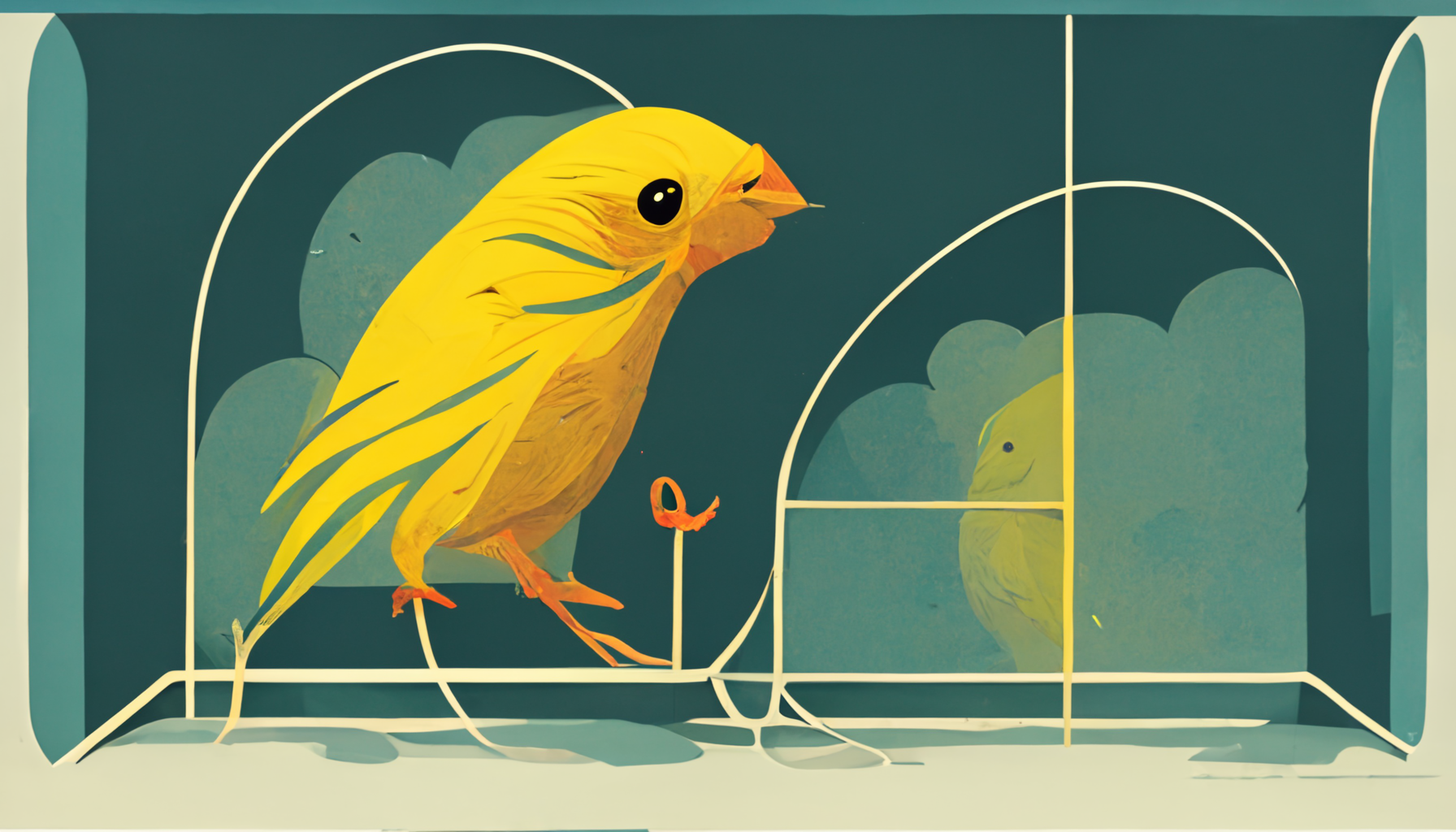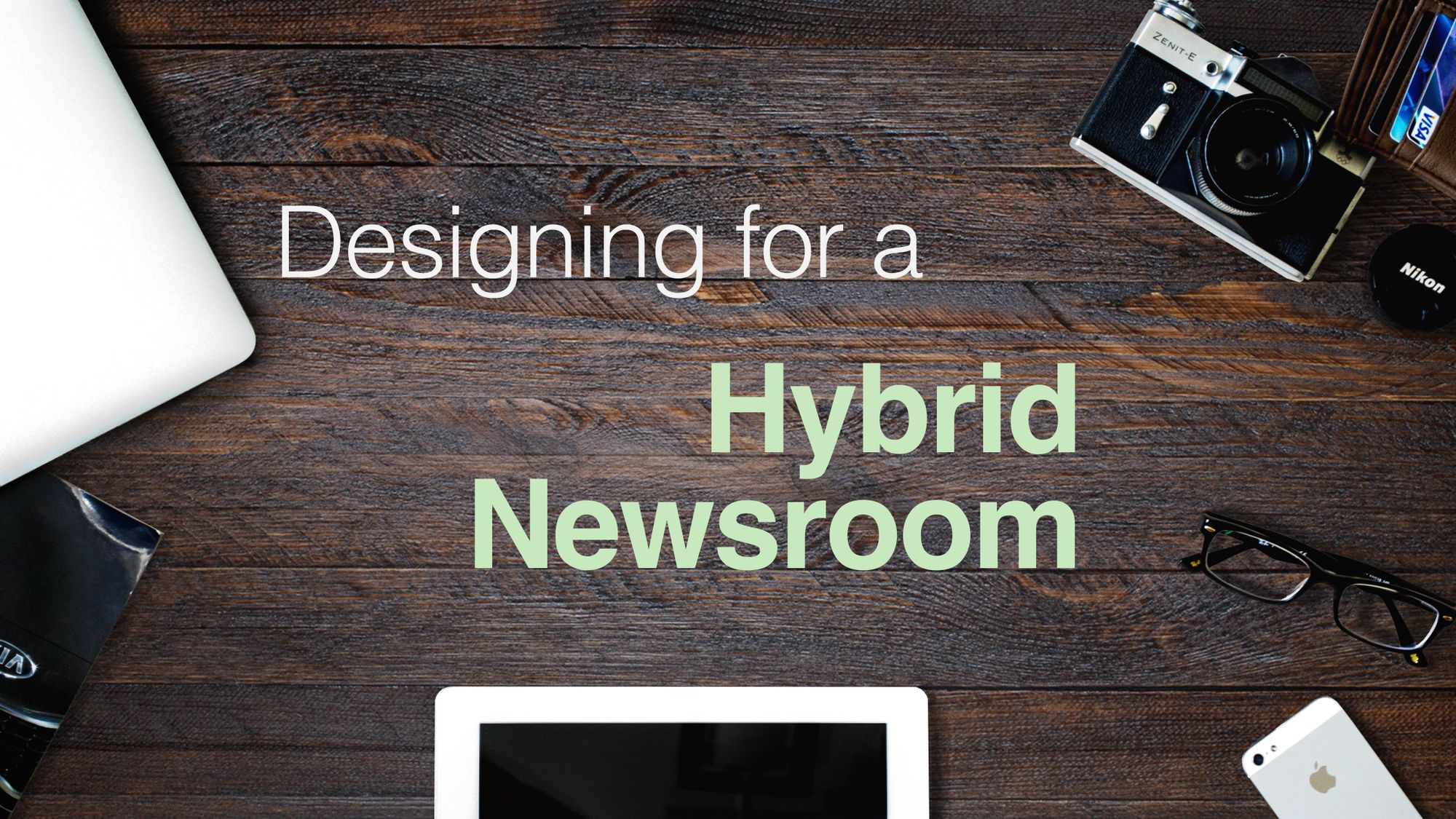
What should your newsroom look like in the era of hybrid working?
Some publishers are abandoning their offices. Some are trying to force staff back to their desks. But there is a middle way that could work out better for everyone.
Late last week, the news that Future was trying to insist that its staff came into the office at least two days a week raised a few eyebrows. It seemed to run counter to the UK Government’s instruction that people should work from home “if they can”. As The Guardian reported:
The company said that working from home affected “business performance, creativity and teamwork”, despite beating its own forecasts and increasing revenues by almost a quarter in the last year. It “ideally” wants staff in at least two days a week from Monday to “benefit from collaboration”.
Future has won some deserved praise recently, for turning its fortunes around, and managing that holy grail of business development: successfully integrating titles and business they’ve purchased. This seemed like an odd misstep from an organisation that seems unusually well-run for a publishing business.
Worse, it smacked of “management by presence”, which is wholly unnecessary in publishing: if you’re not working, the lack of published pages (digital or physical) tends to be a dead give-away.
To nobody’s great surprised, the negative publicity led to a rapid reverse-ferret:
Future’s chief people officer, Hazel Boyle, wrote to all staff on Friday to “clarify that this is not a mandatory requirement”, in an email seen by the Guardian. She added that “if anyone does not feel comfortable coming in to work for whatever reason, then they are under no pressure to do so and should feel free to work from home instead”.
Where should journalists work?
The move was ill-judged, to say the least. Journalists have always been key workers through the pandemic, and allowed to carry on working even in the most stringent lockdowns. Most companies saw those exemptions for what then were: allowing journalists who couldn’t work from home — like broadcasters and some beat journalists — to get out there and keep the information flowing.
However, the past 20 months or so have proven that we can produce newspapers, magazines, and websites remotely very successfully. We don’t need to come into the office at all to get the work done. Journalists are questioning, skeptical folks at the best of times. A company trying to lay down the law by forcing them to do something that is both unnecessary and, potentially, risky in the current climate was not a recipe for success.
Most journalists are also aware that some companies have largely abandoned offices, including Reach. There are plenty of ways of working successfully as a team without needing an office as the centre to hang that on. I profiled a couple of such companies earlier in the year. So, if you’re going to say to hacks that they need to come into the office for “performance, creativity and teamwork”, they’re well within their rights to say “prove it”.
Offices for creative hybrid working
In the medium term, though, companies and managers who decide to hang on to office space, and want staff there most weeks, will need to rethink their approach. Getting people back in the office when the Omicron wave passes, as it inevitably will, needs to be more carrot than stick. Don’t tell people to come into the office, make them want to. It’s harder — but will build a much better relationship between you and your staff. And that produces “performance, creativity and teamwork”.
The psychology here is simple: if people know that they don’t need to be in the office, you need to find ways to make them want to be in the office. That means making an office they want to come to, and creating opportunities and events for people to gather that they want to attend.
And that might be easier than you think. Here are a few ideas from my past life as a real estate journalist to get you going:
Design for interaction
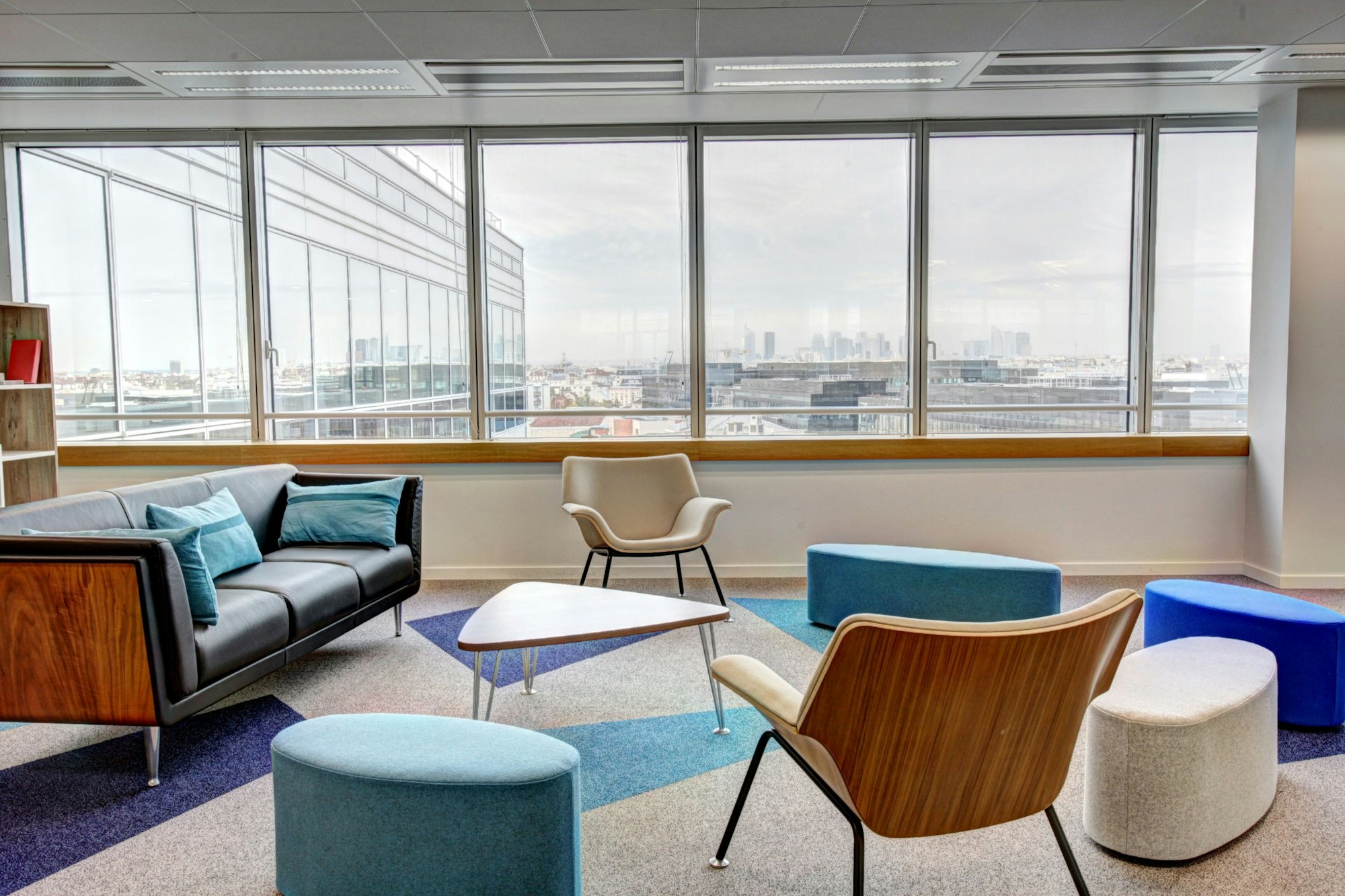
I’ve been a long-term home worker. A decade ago, I decided to become my own boss, and join the ranks of the self-employed. It has many things to commend it, but one of the major downsides is loneliness. I genuinely miss having a team to interact with regularly, and if anything eventually pulls me back into a “real” job, it will be that.
So, incentive one to bring people back into the office is social interaction. Now, most offices aren’t designed with social interaction in mind. It comes as a by-product of office layouts that are there to facilitate work. Given that most journalists can do their work with a laptop and a phone, the necessity of fixed desks and work positions is history. If you’re already accepting a hybrid working style, as even Future was, the need for assigned desks disappears.
In fact, if you want the innovation that comes from casual encounters and random chats, then redesign your office around that. Break down those serried ranks of desks, and offer a mixture of communal desk space, and more informal, “clubhouse” type spaces.
In essence, you’re inverting the standard model: design for interaction, with at-desk-work as a secondary consideration.
Design for privacy
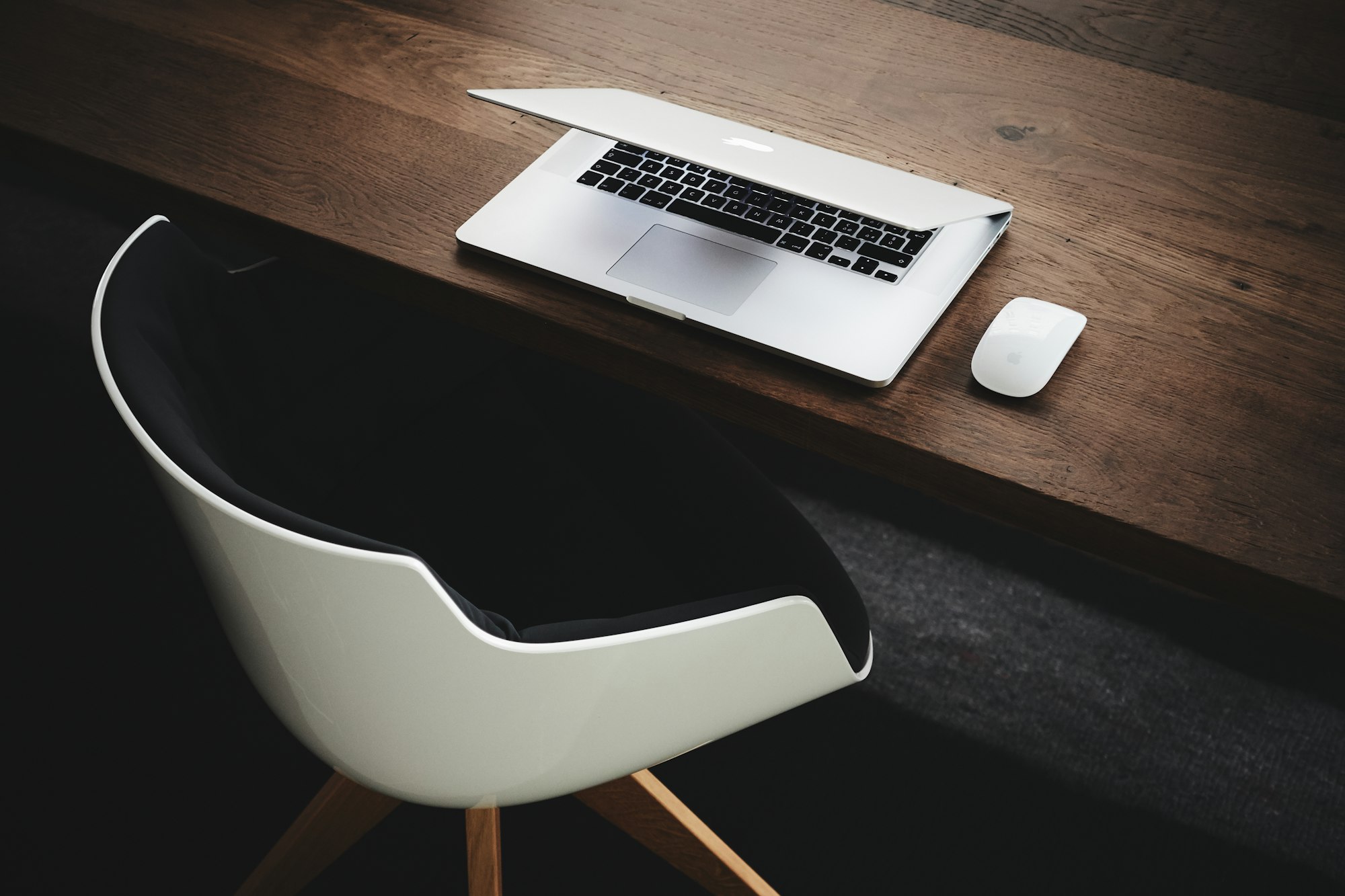
A couple of decades ago I was a property journalist, specialising in corporate real estate and innovation around that. One of the things that shocked me the most was how poorly some core ideas around open-plan offices were actually implemented.
In particular, the most thoughtful proponents of this approach to office design advocated three types of spaces in the same office:
- Open plan working areas
- Bookable meeting and team working space
- Ad-hoc private office space
Most implementations delivered the first, a little bit of the second, and none of the third, reserving private offices as a sign of status.
Many of the people you want to lure back into the office are badly lacking quiet, private workspace. Younger journalists are often in house share situations, and might be literally working from the end of their beds. Even some mid-career journalists might be trying to find a workspace among kids and clutter and the challenges of family life.
Offering truly private head-down-and-working space, where people can get a feature delivered, do interviews and edit hard will inevitably bring some people into the office. Some elements of journalism demand this sort of quiet focus. For decades, journalists have taken days working from home to facilitate that. Now, for some of them, the reverse needs to be true. Let’s give them quiet space to work when they need it — with the added attraction of more social spaces once they’re done.
Design for cooperation
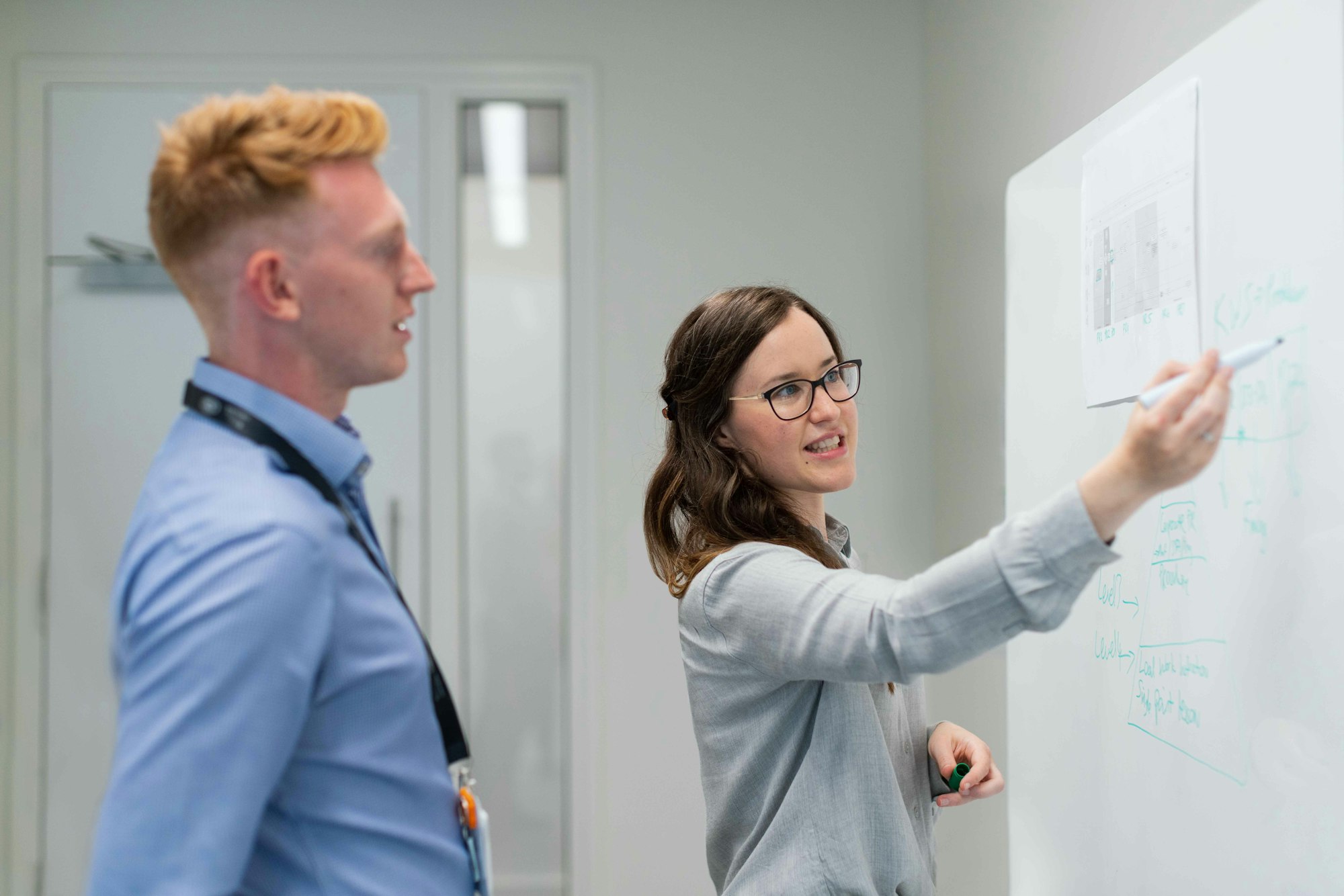
Big projects are part of the way we operate. From new launches, to major redesigns, to coverage of big, big stories or events. Your offices require spaces that can function as “war rooms” for these sorts of occasions. Spaces teams can book for weeks or months, but not in perpetuity.
These spaces need to be designed for creativity and expression, for physical manifestations of inspiration that make the experience so much better than yet another Zoom meeting. Whiteboards full of feature ideas and design concepts. Magnetic boards with images and lists and even page proofs. These need to be spaces where good managers can pull a team together, where they can co-create, and which, crucially, that they will miss when that particular project runs its course.
They’re going to be somewhere between a big meeting room and a small open-plan office. And yes, you do have space to create these, if your staff aren’t coming in every day.
Only once in my life have I experience a space like this. In was in the mid-2000s when RBI formed its editorial development team, and those early months of planning, coming up with ideas and working cross—functionally were some of the most inspiring in my career. I remember my wife’s amazement as I got up early to go to work early because I was so excited by what we were doing.
A combination of the right spaces AND the right management style can deliver this.
Rethinking how you manage creatives
Journalism has become an oddity among the more creative industries. While you can find examples of many of the working styles I’ve just describe in agencies, marketing companies and creative studios, journalism spaces tend to be pedestrian — and all too often ruled by fear and diktat.
As Future has just found out, those diktats will be harder to enforce, and as some companies get their working space sorted out, it’s going to become a competitive advantage in a tight talent market.
This isn’t going to play out over weeks, but months and possibly even years. But already, the signs are there. I’ve done quite a bit of work connecting people in audience engagement with job opportunities recently, and pretty much every time, potential hires ask “how much remote working do they allow?”. And, if the answer is “none”, typically people just aren’t interested.
The relationship between creative work and place has changed fundamentally, thanks to the pandemic and the digital tools we now have. Trying to carry on much as before, but with fewer days in the office, isn’t the best way to take advantage of this shift. Rethinking what your office is for most certainly is.
Sign up for e-mail updates
Join the newsletter to receive the latest posts in your inbox.



